Shimmy Through the World’s Most Spectacular Slot Canyons
Where to explore the best of these narrow, water-worn passageways
/https://tf-cmsv2-smithsonianmag-media.s3.amazonaws.com/filer/cb/87/cb87fada-31dd-40eb-8d1d-e3b5d738d327/istock-120911394.jpg)
It begins with a simple crack in the rock on the ground. But add a few million years and that crack opens into a deep winding gorge in the earth, with a narrow path and sheer sides. The crack has become a slot canyon.
Slot canyons—the narrow, tall channels through otherwise solid rock—can be found anywhere in the world, but are particularly numerous in the southwestern U.S. and Australia, where the perfect canyon-forming combination of soft rock and extreme climate collide. It happens like this: the initial crack is covered by a flash flood from heavy rain pooling in a natural wash. The water seeps into the crack, bringing with it rocks, sediment, and other debris that carve a little bit away from the inside edges of the crack. Rain, flood, repeat. Sandstone is most susceptible to this kind of earth carving, but slot canyons can also form out of limestone, granite, basalt and other types of rock.
Once formed, careful hikers can trek through the base of these otherworldly canyons, shimmying through tapered sections, bracing themselves against both walls in the narrowest portions and beholding scenery unlike just about anything else in the world. Intrigued? Be sure to plan carefully or take a guide as flash floods and extreme conditions can make these canyons as dangerous as they are beautiful.
Antelope Canyon, Arizona
This slot canyon packs double the punch: it has two parts, upper and lower. Both have a separate entrance fee, but with that small price of admission, they offer different spectacular views. Upper Antelope Canyon has wider, more family-friendly pathways at the expense of more crowds; Lower Antelope Canyon is longer, narrower, deeper and more challenging—thus, less crowded. Antelope Canyon is on Navajo land, so visitors will always need a tour guide regardless of which part of the canyon they want to see. Both routes have Navajo names as well—Upper Antelope is called Tse’ bighanilini (“the place where water runs through rocks”) and Lower Antelope is Hasdestwazi (“spiral rock arches”).
Robber’s Roost Canyon, Utah
Ever dreamed of being a part of Butch Cassidy’s dream team? Head to the Dirty Devil portion of Robber’s Roost, where it's said that Cassidy used to hide out from the cops. In fact, this area was used as a hideout for outlaws of all types for about 30 years. The original Wild Bunch corral is still there. According to local lore, the area is so named because Cap Brown, an outlaw of the time, used to lead stolen horses through in the 1870s. This canyon falls under a “protected for solitude” restriction, so visitors will need to get a permit to visit—and only two per day are given.
Robber's Roost actually has three distinct sections: an upper plateau, slot canyons and larger canyons on the other end of the slots. There are three main slot canyons. Chambers Canyon is in a more remote part of the Roost and is quite intense; the quarter-mile slot can take about an hour and a half to complete. Big Bad Ben is short with a 60-foot rappel, but also often has waist-deep pools—so bring a bathing suit. Bluejohn Canyon has become part of current pop culture; it's the site of Aron Ralston's fateful hike in the book Between a Rock and a Hard Place and the accompanying movie "127 Hours."
Siq, Jordan
Most who wish to reach the ancient city of Petra must first walk through Siq, a massive slot canyon leading to the entrance of the Treasury, and one of just two primary passages to the ancient archeological site. The path through the canyon winds along for about three quarters of a mile, at times narrowing to just a few feet across. Unlike most slot canyons that are gradually carved by water errosion, Siq was formed after two tectonic plates forced the mountain to split apart—flash floods later smoothed the canyon walls. The entire route unfolds downhill toward Petra; consider renting a horse or camel to have an easier trek back up when you’re finished exploring.
Buckskin Gulch, Utah
Buckskin is the longest slot canyon in the U.S., and some consider it the longest in the world. It's also one of the most dangerous. The 12-mile path barely stretches more than 10 feet wide, and the walls are about 400 feet tall at the canyon's deepest point. A little more than halfway in, there's a single escape route—but otherwise, if a quick storm pushes through and sends floodwater careening into the canyon, you're in big trouble. Luckily, there have been no reported deaths to date.
Colored Canyon, Egypt
On Egypt’s Sinai Peninsula, travelers can find a slot canyon with walls of swirling colors. The rock itself is a combination of sandstone and limestone, with magnesium and iron oxide deposits. The whole region was once undersea, and when the water eventually eroded the rock below, it left brilliant shades of red, yellow, purple and orange. Although the walls rise up about 16 stories, they are sometimes only a few feet apart from one another. For a short hike, opt for Colored Canyon; it’s only about half a mile long.
Claustral Canyon, Australia
This slot canyon in Australia's Blue Mountains is accessed by repelling down a series of waterfalls and scrambling over boulders. But the trek to get there is rewarded with a mossy, high-walled canyon and the opportunity to try out all types of technical climbing and canyoneering skills. The trip takes all day and can be quite strenuous.
One of the gems in this canyon is the Black Hole of Calcutta, so named for the 18th-century dungeon in India. The Black Hole marks the start of the main canyon, and looks like you really are descending into a black hole—one full of rushing water and chiseled, colorful walls.
Arizona Hot Springs, Arizona
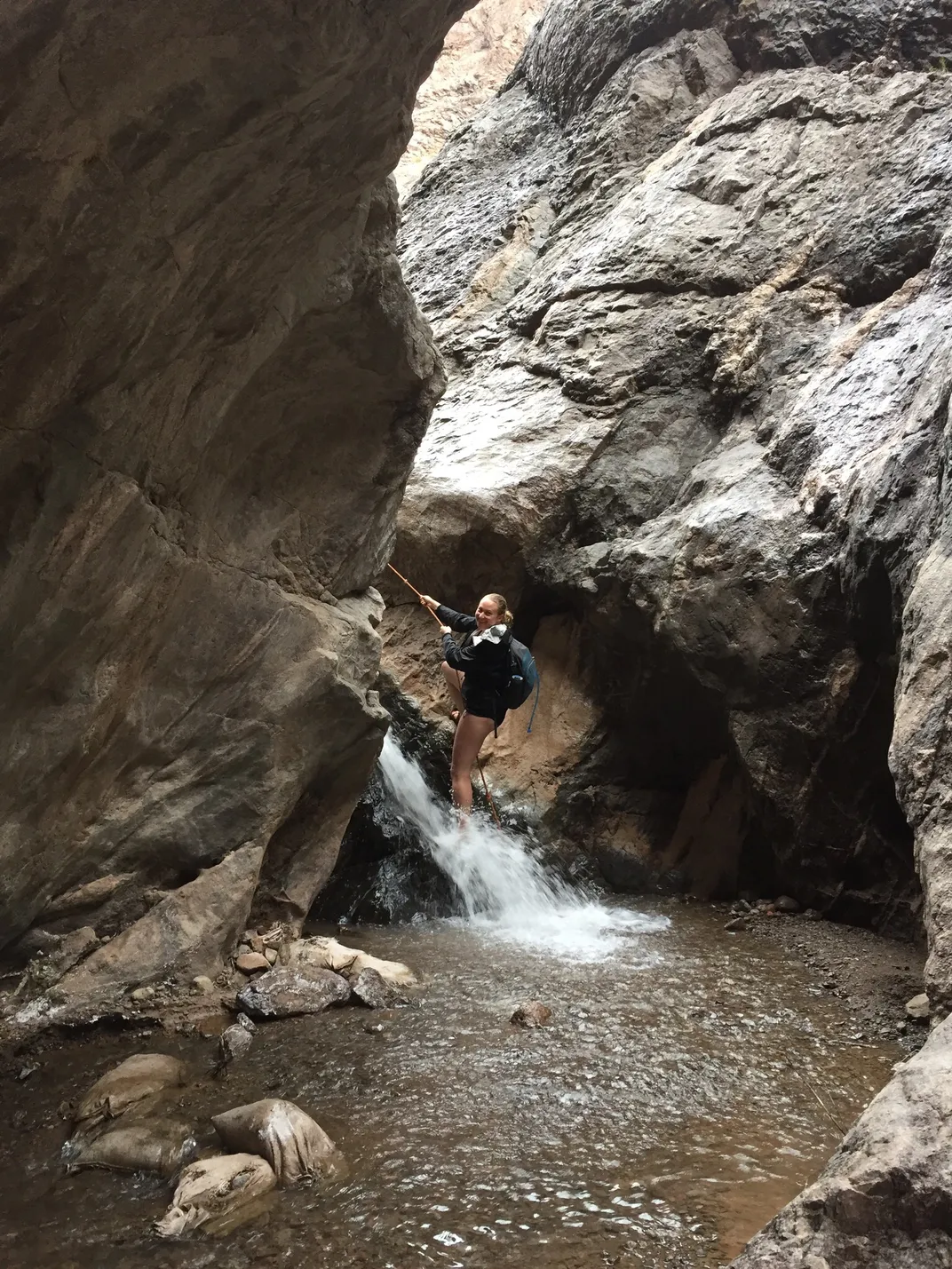
A few miles south of the Hoover Dam, the three-mile Arizona Hot Springs hiking path heads through multiple slot canyons and four distinct landscapes. All the while, hikers will be walking alongside or through natural hot springs. The final destination is a series of pools of varying temperatures where hikers can rejuvenate their weary bones beneath towering rock walls. Below the pools, a ladder leads hikers down (and through) a 20-foot hot spring waterfall and the trail continues down to the Colorado River where camping spots are available.
Visitors looking for solitude can also arrange to be dropped off by an outfitter with a canoe below the Hoover Dam, allowing access to more remote hot springs slot canyons, including Boy Scout Canyon. Here the hike follows the hot springs up through narrow slots in reddish brown and black volcanic rock. Avoid a summer trip, though—the temperature can rise over 100 degrees, making a dip in the hot springs pretty uncomfortable.
/https://tf-cmsv2-smithsonianmag-media.s3.amazonaws.com/accounts/headshot/JenniferBillock.png)
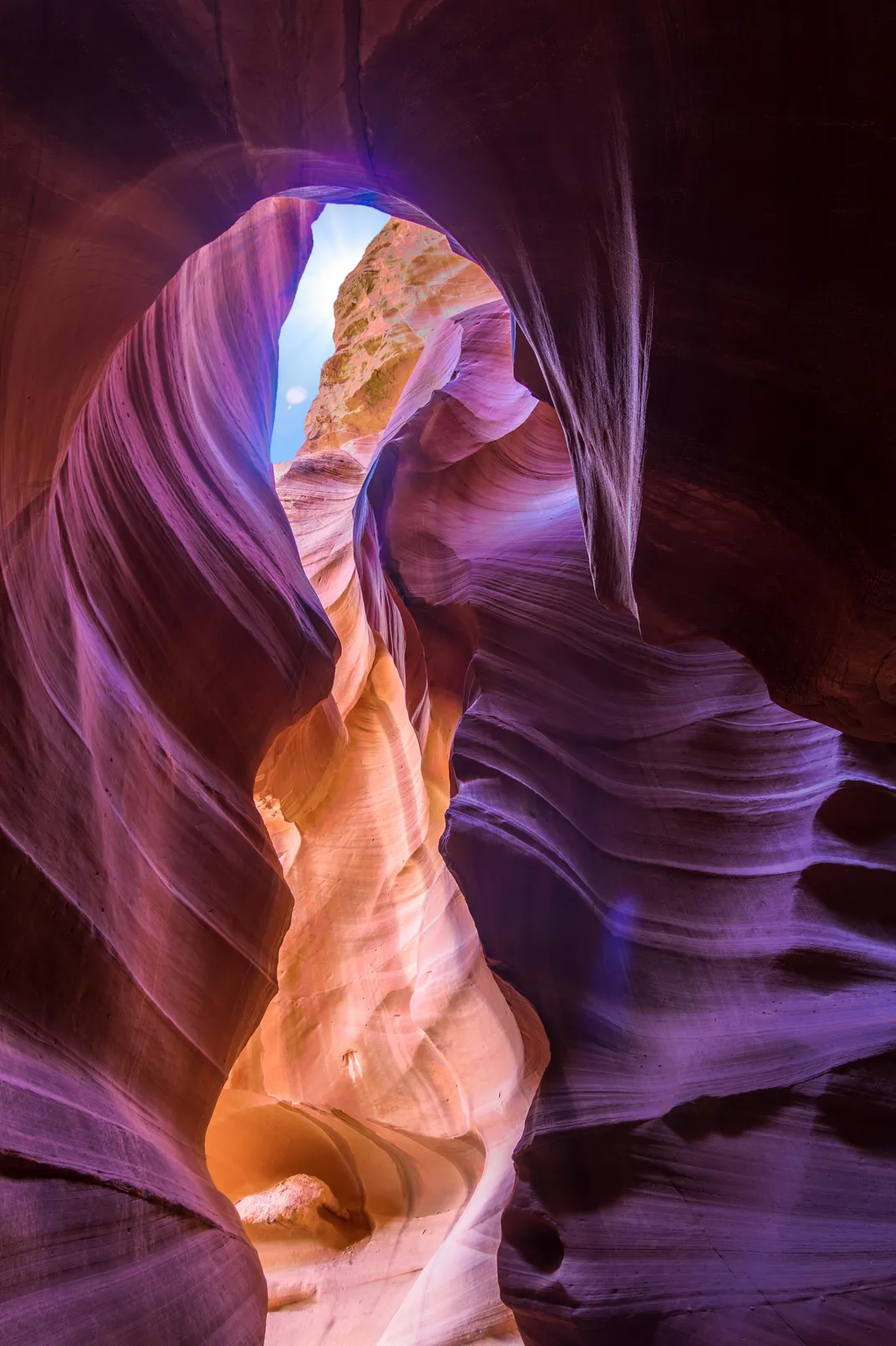
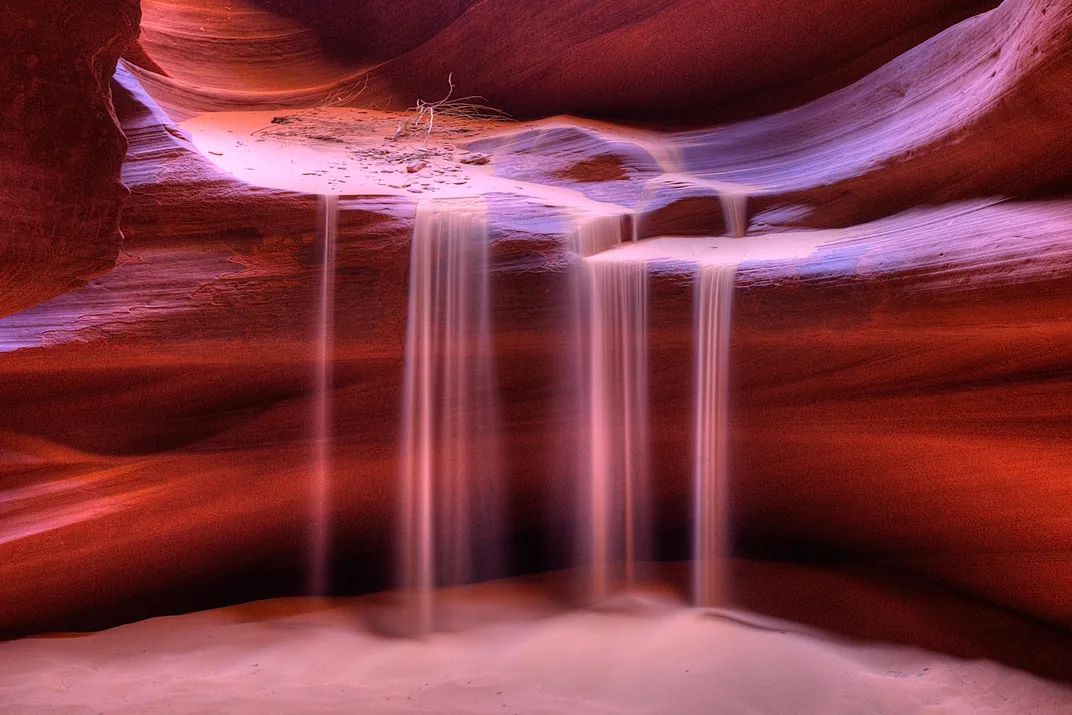
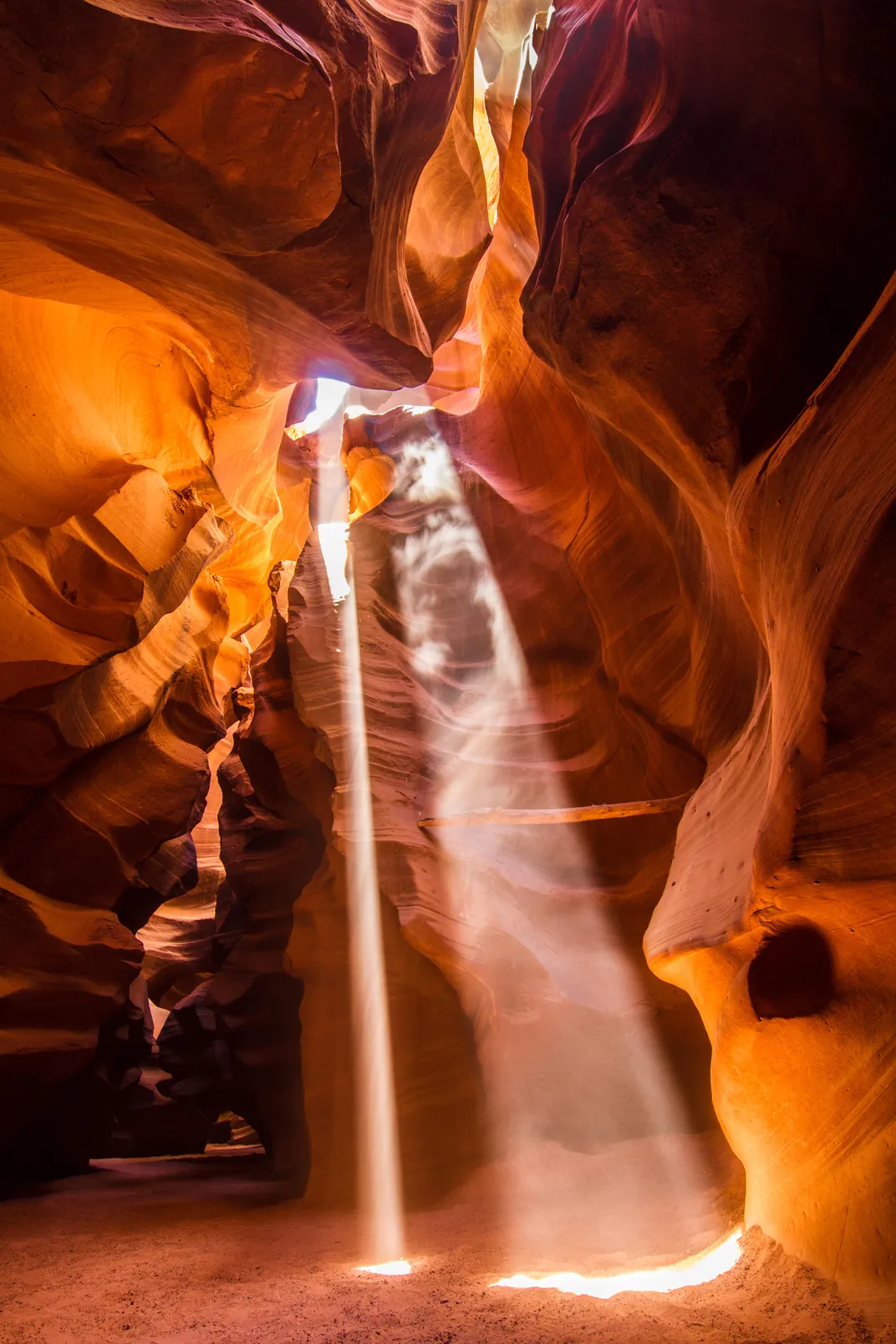
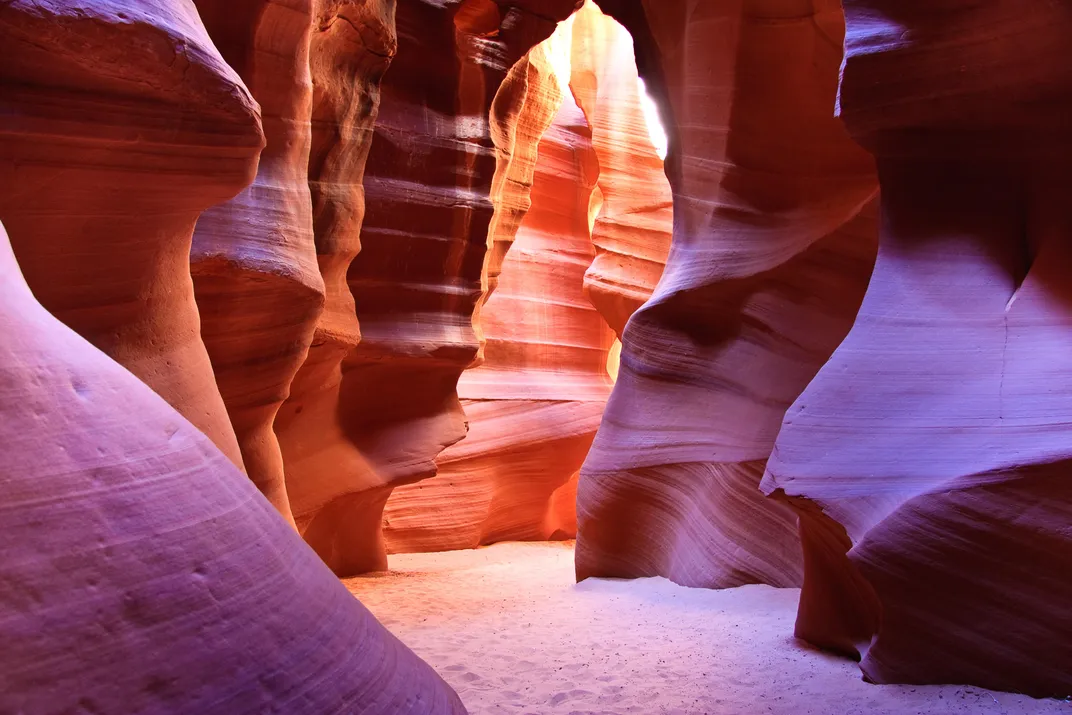
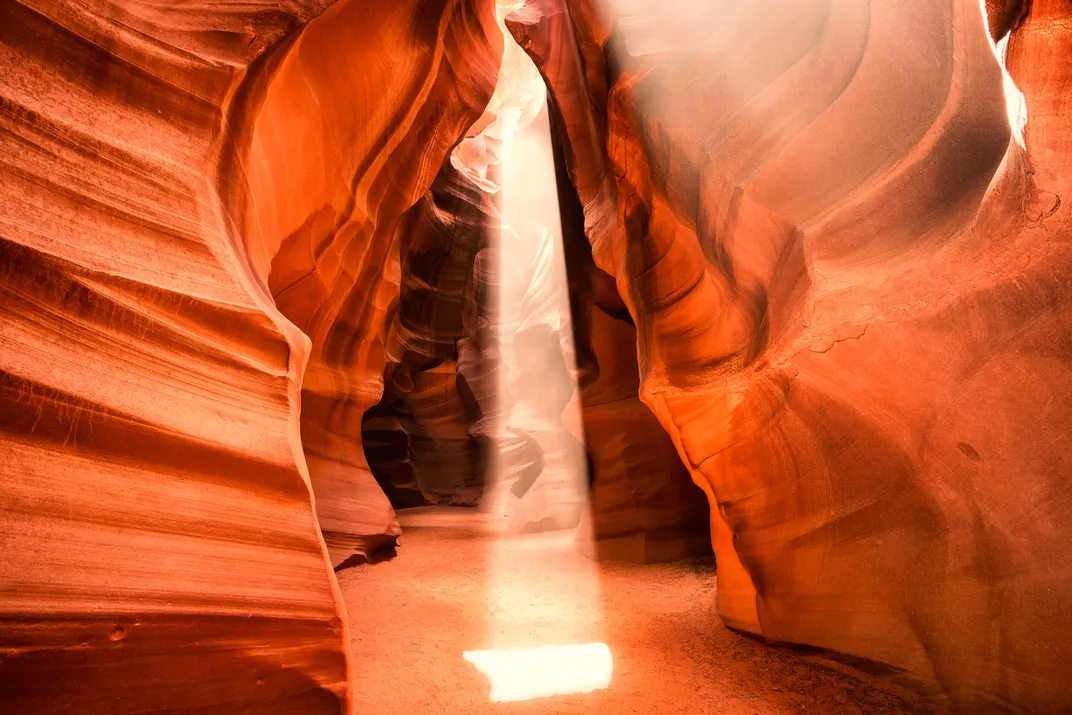
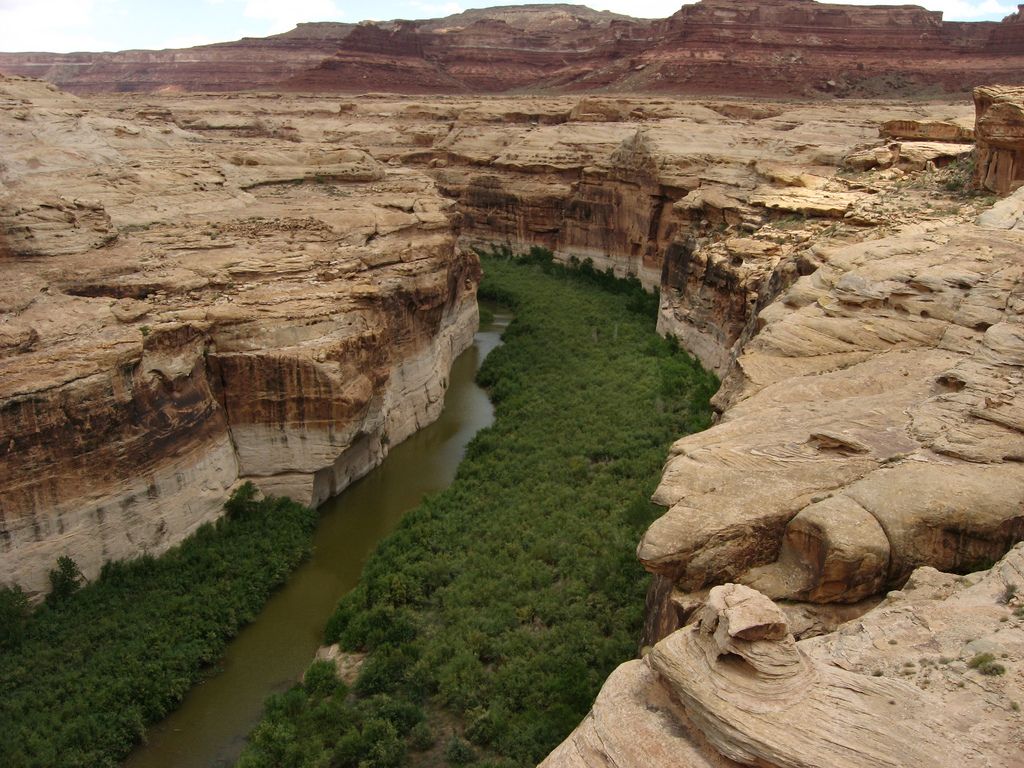
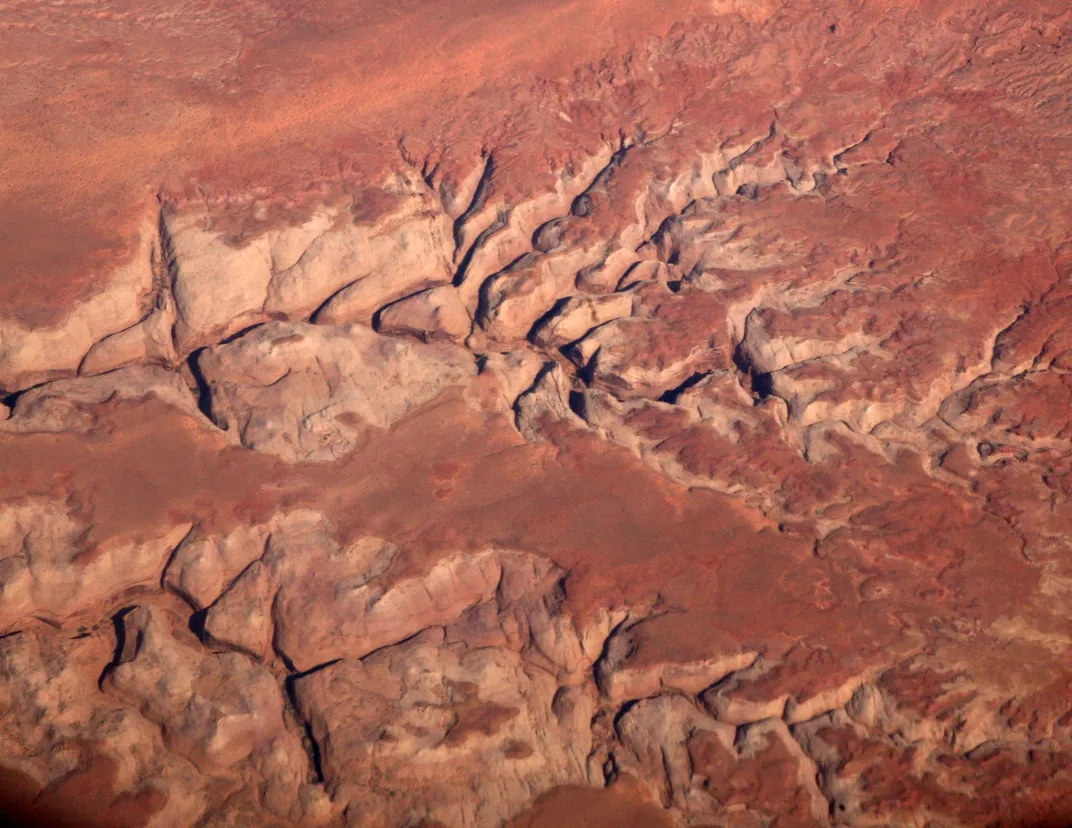
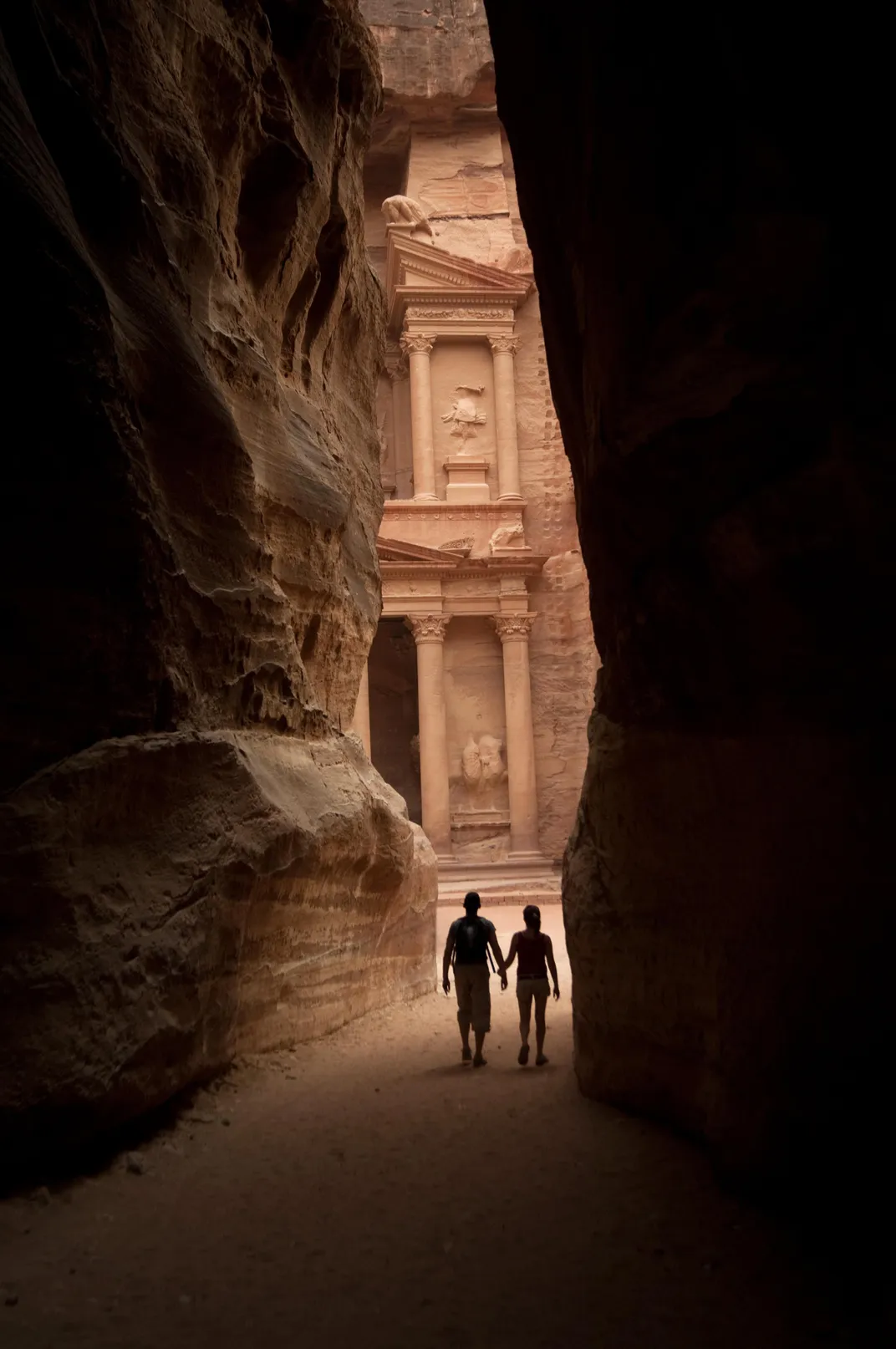
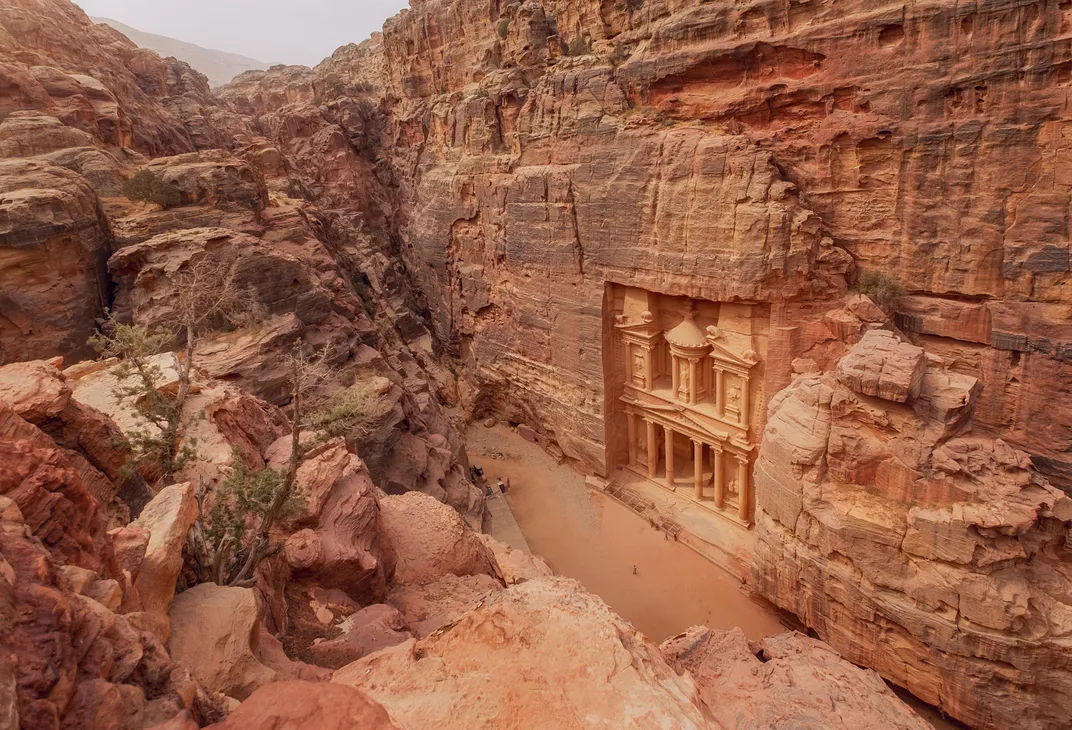
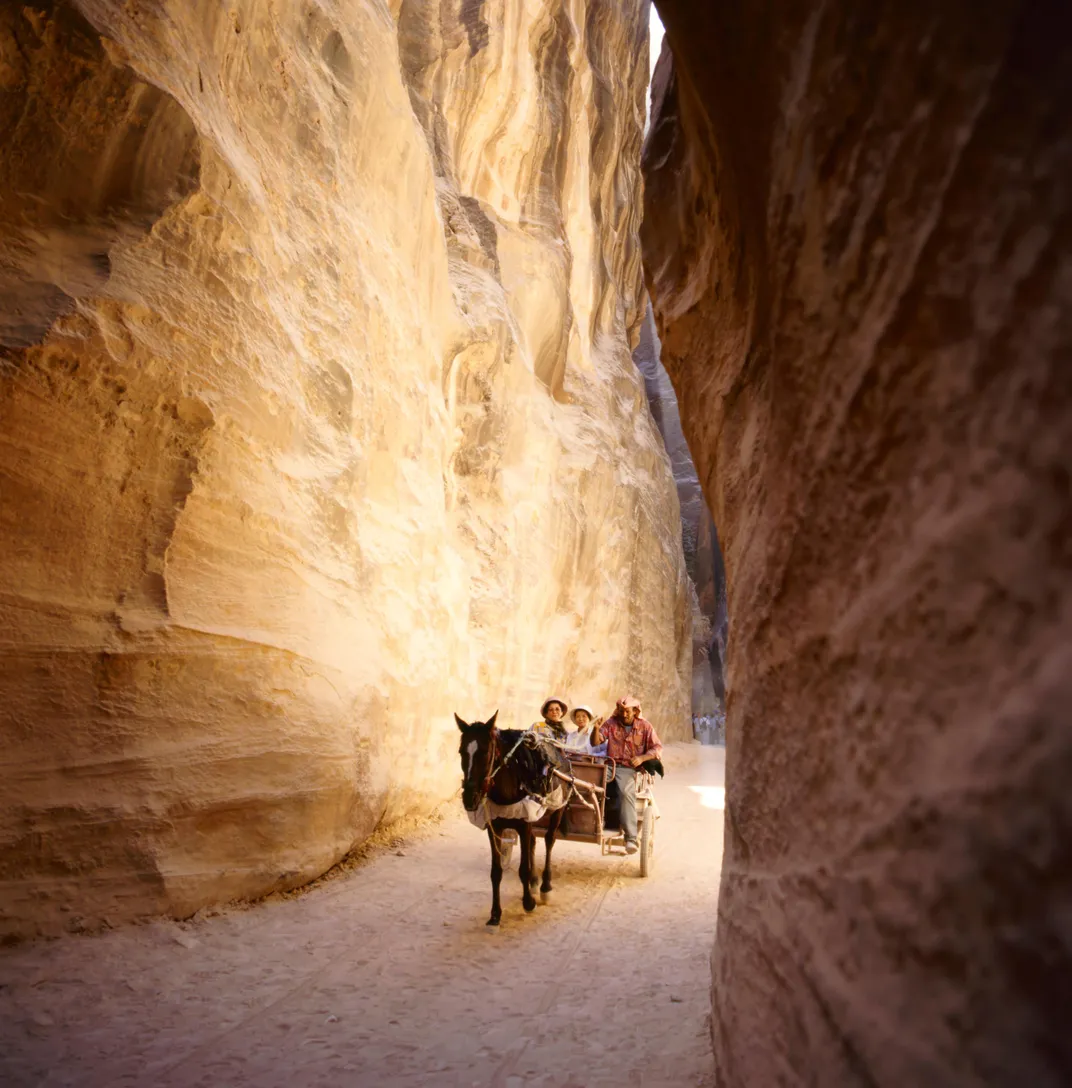
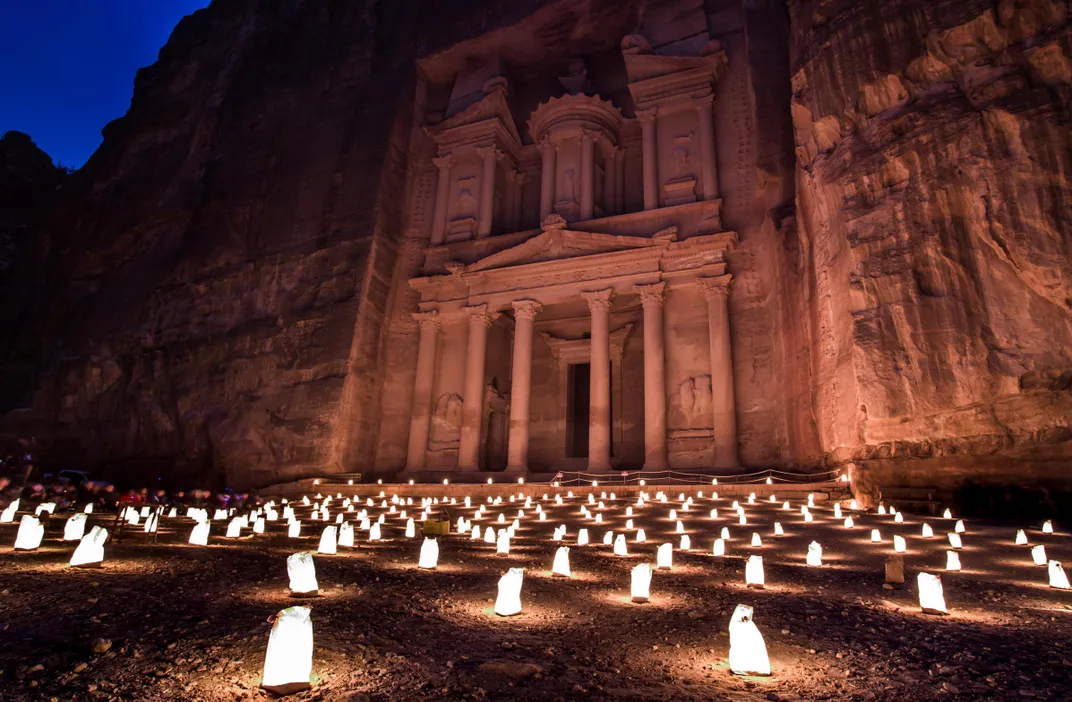
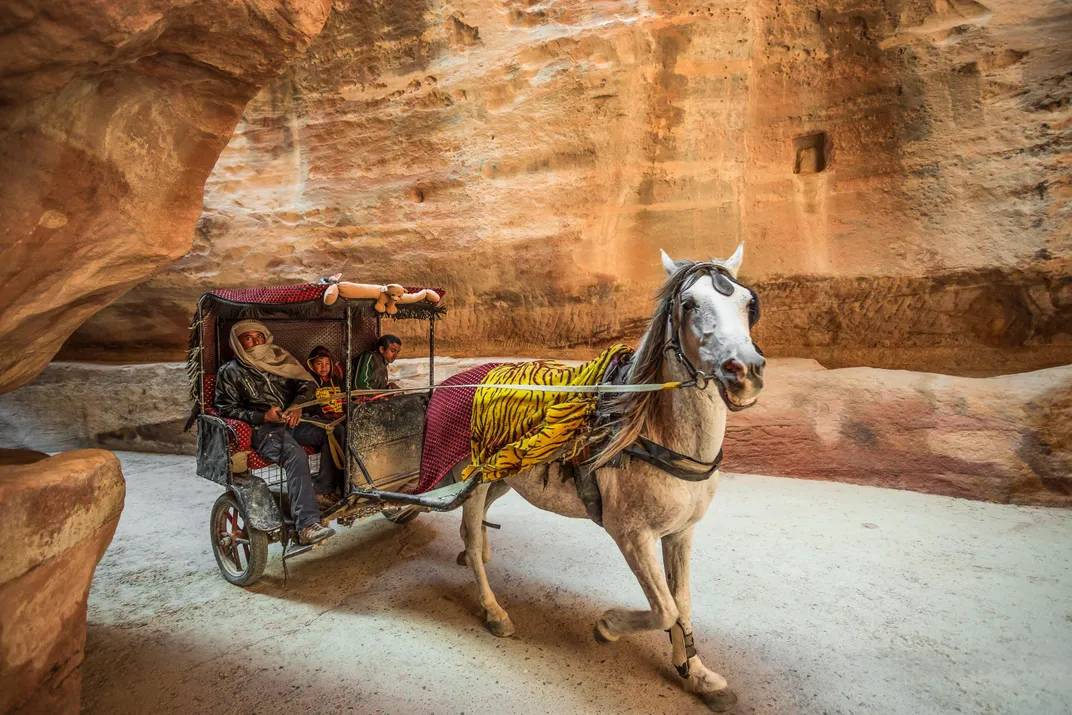
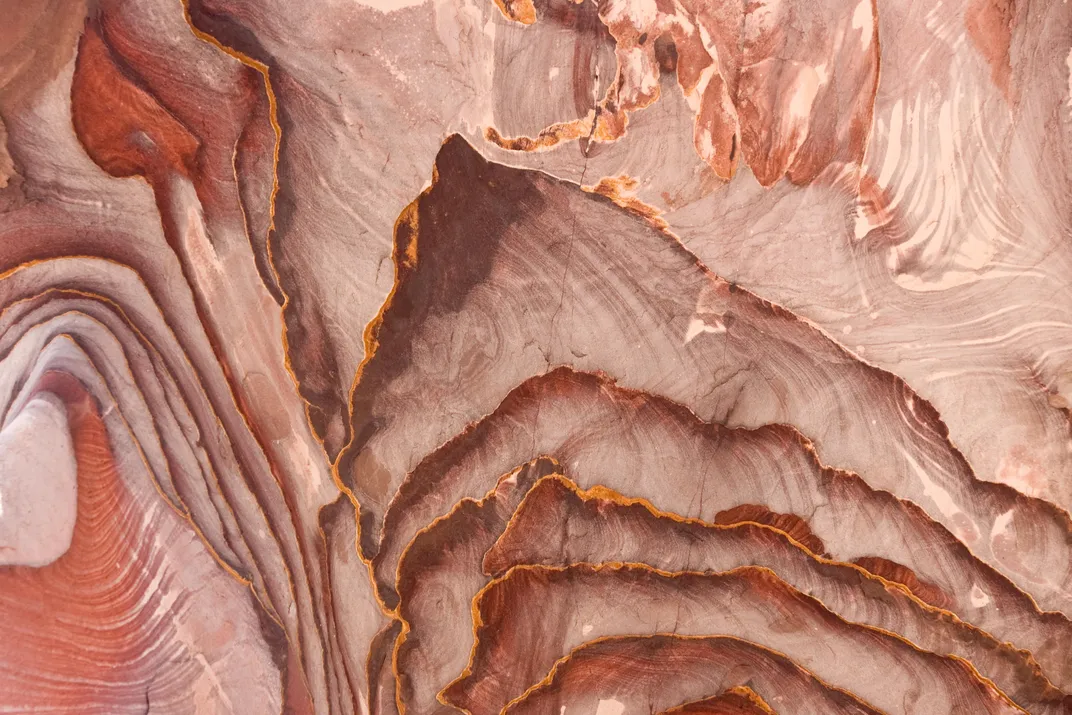
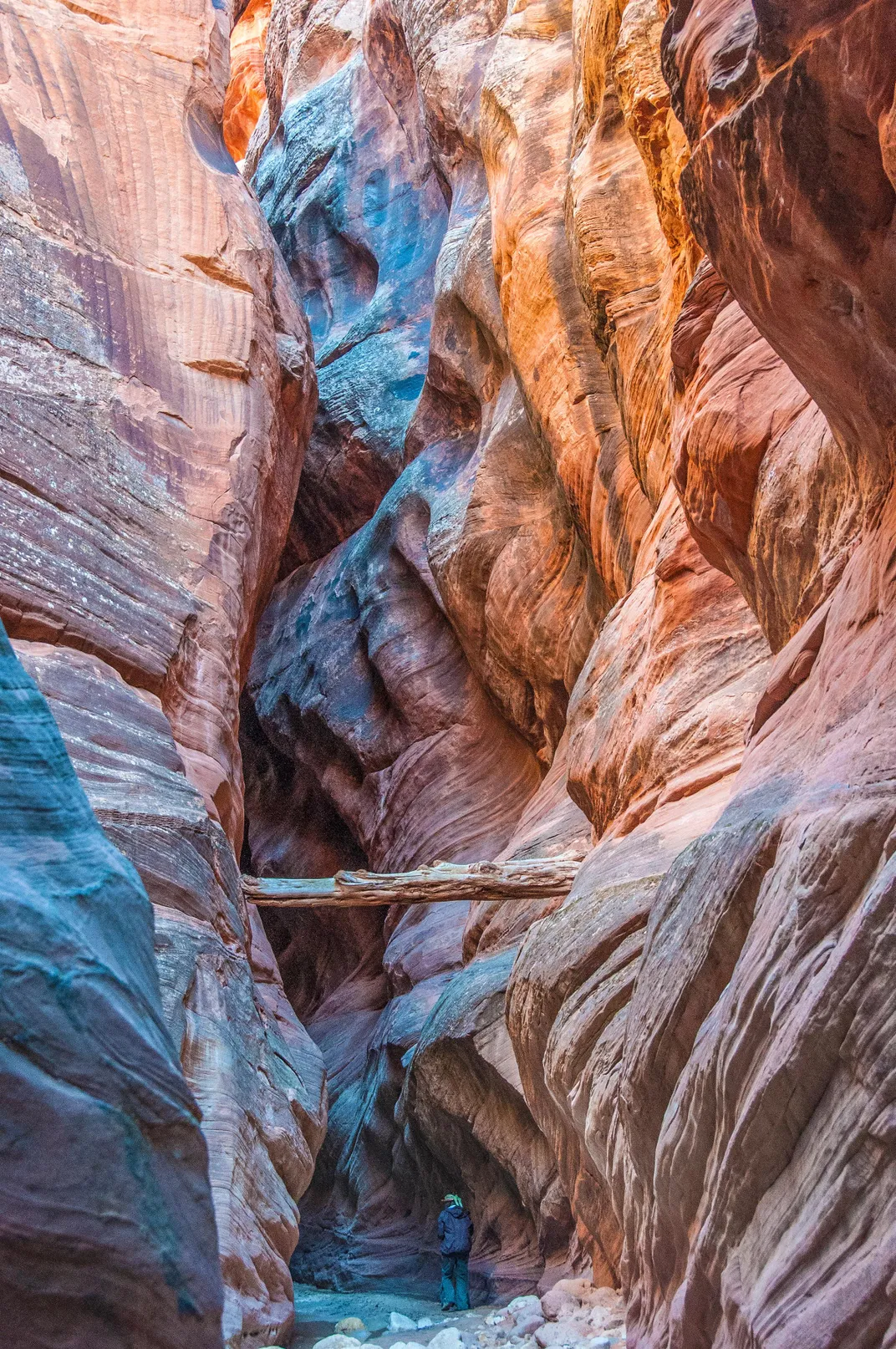
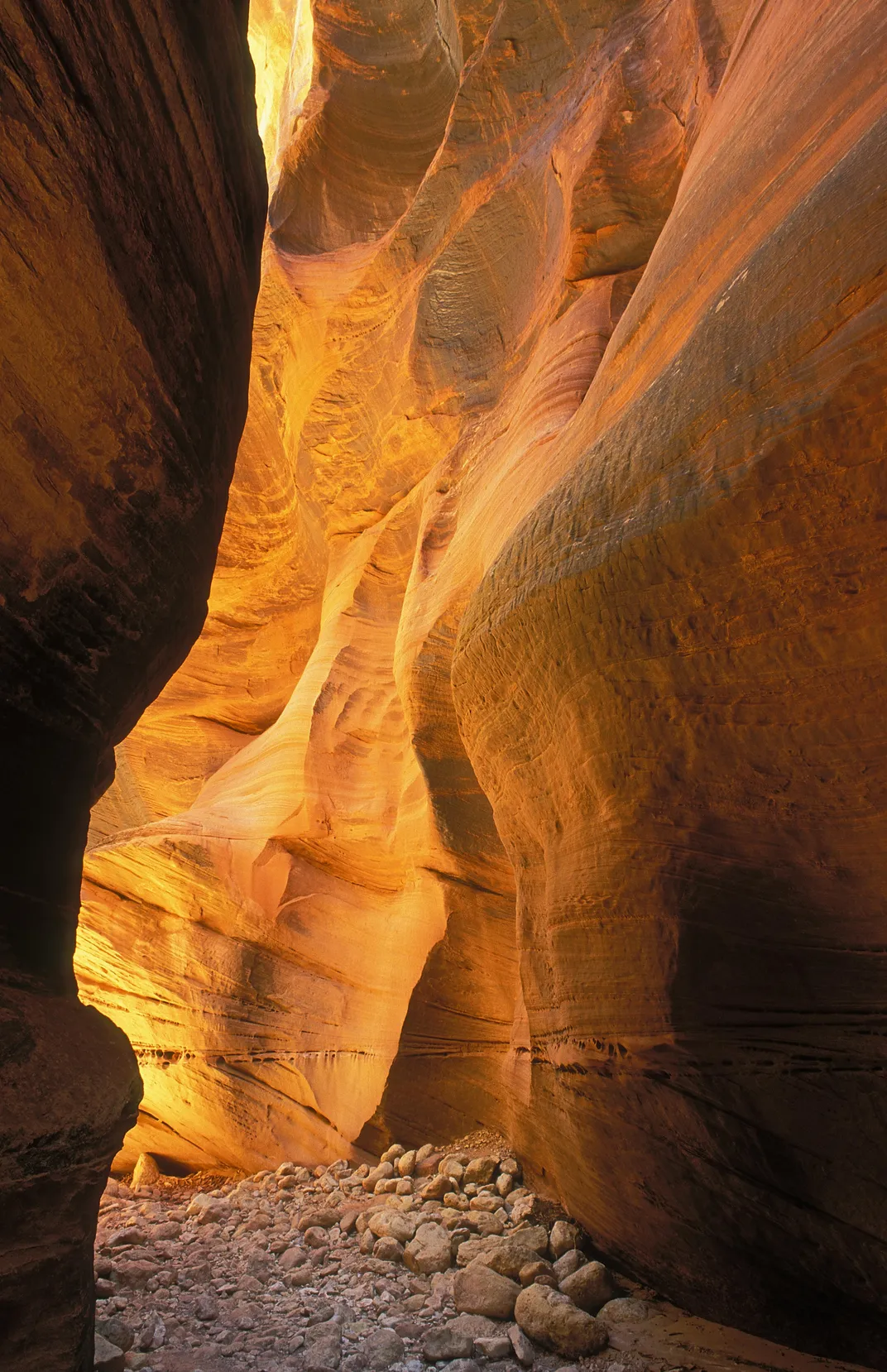
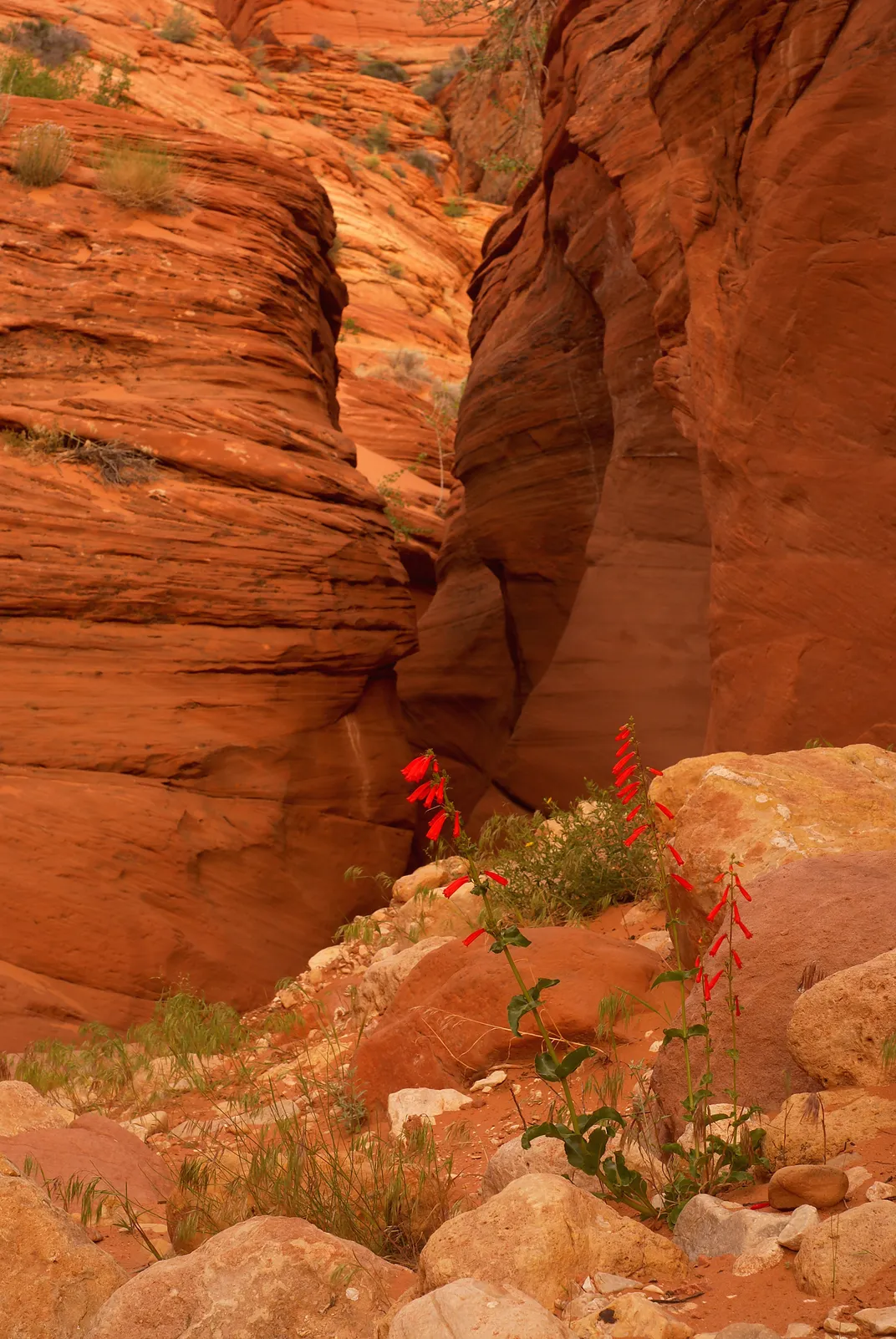
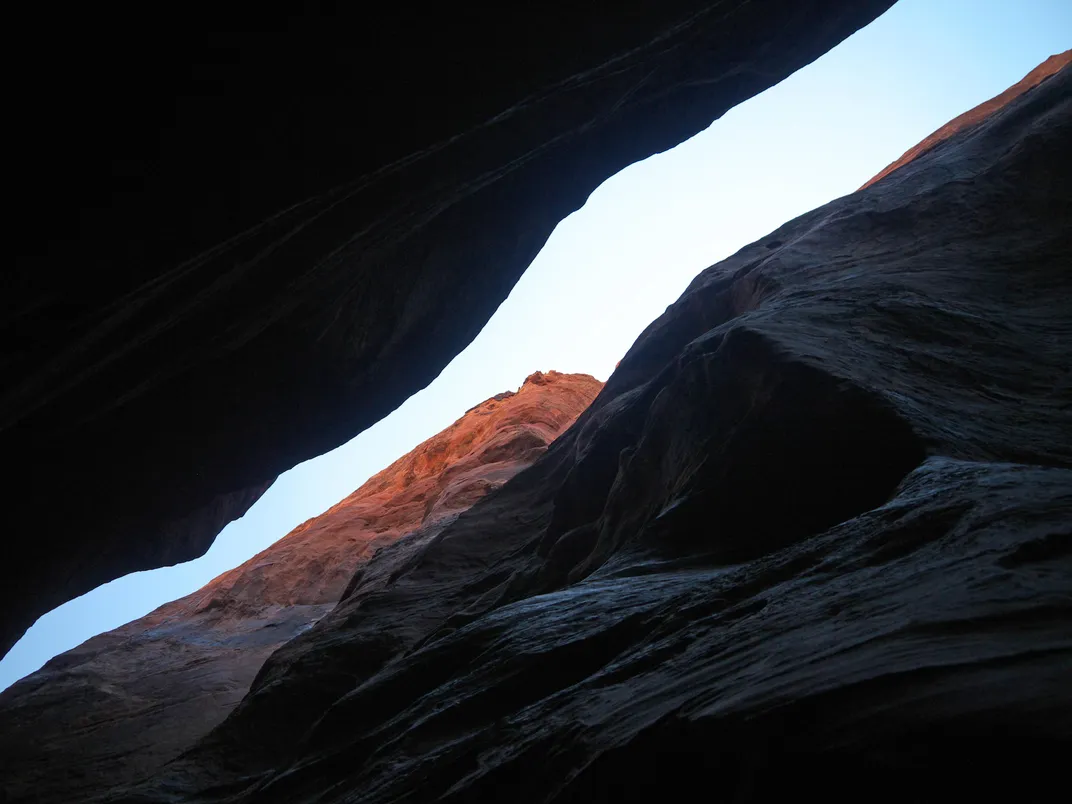
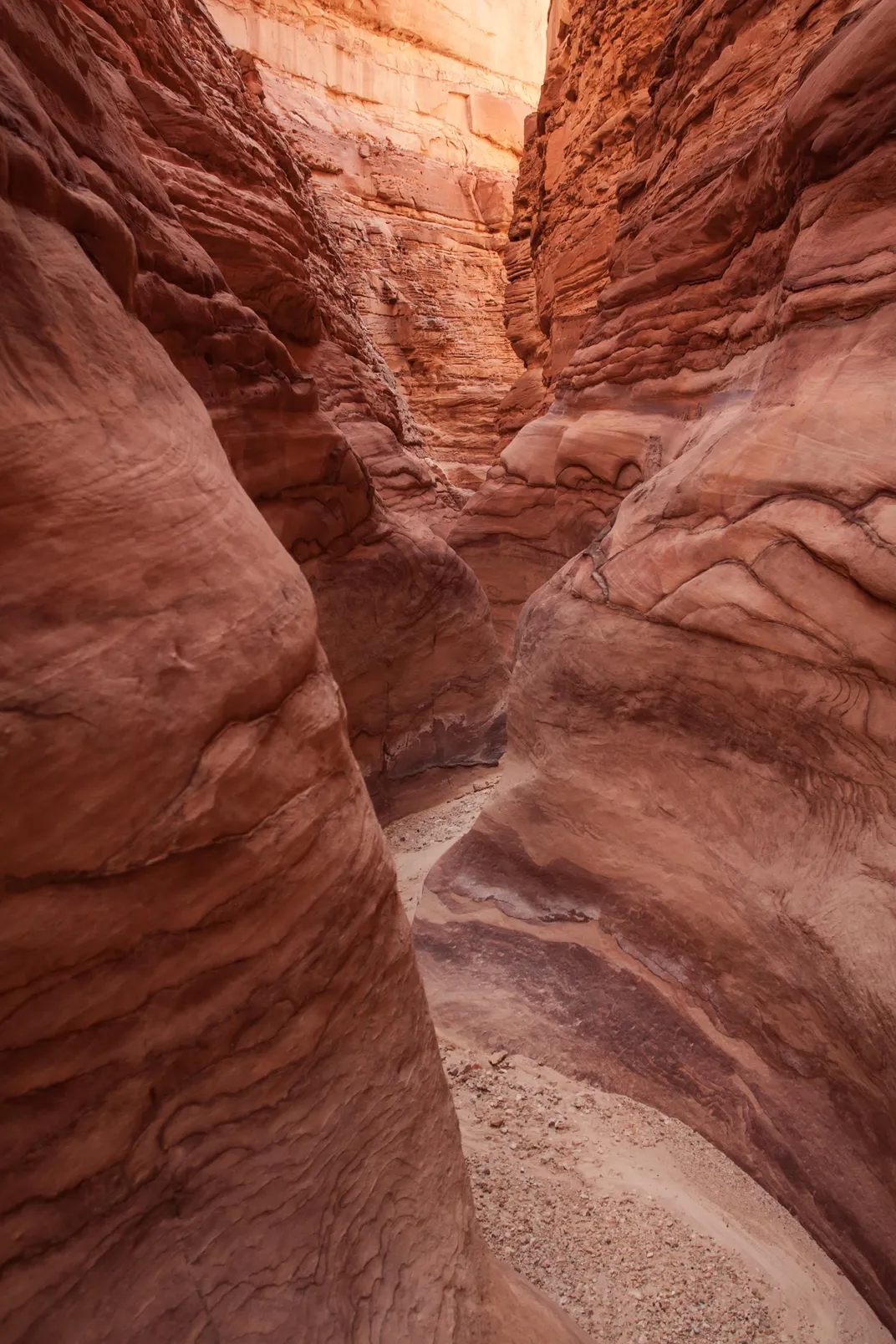
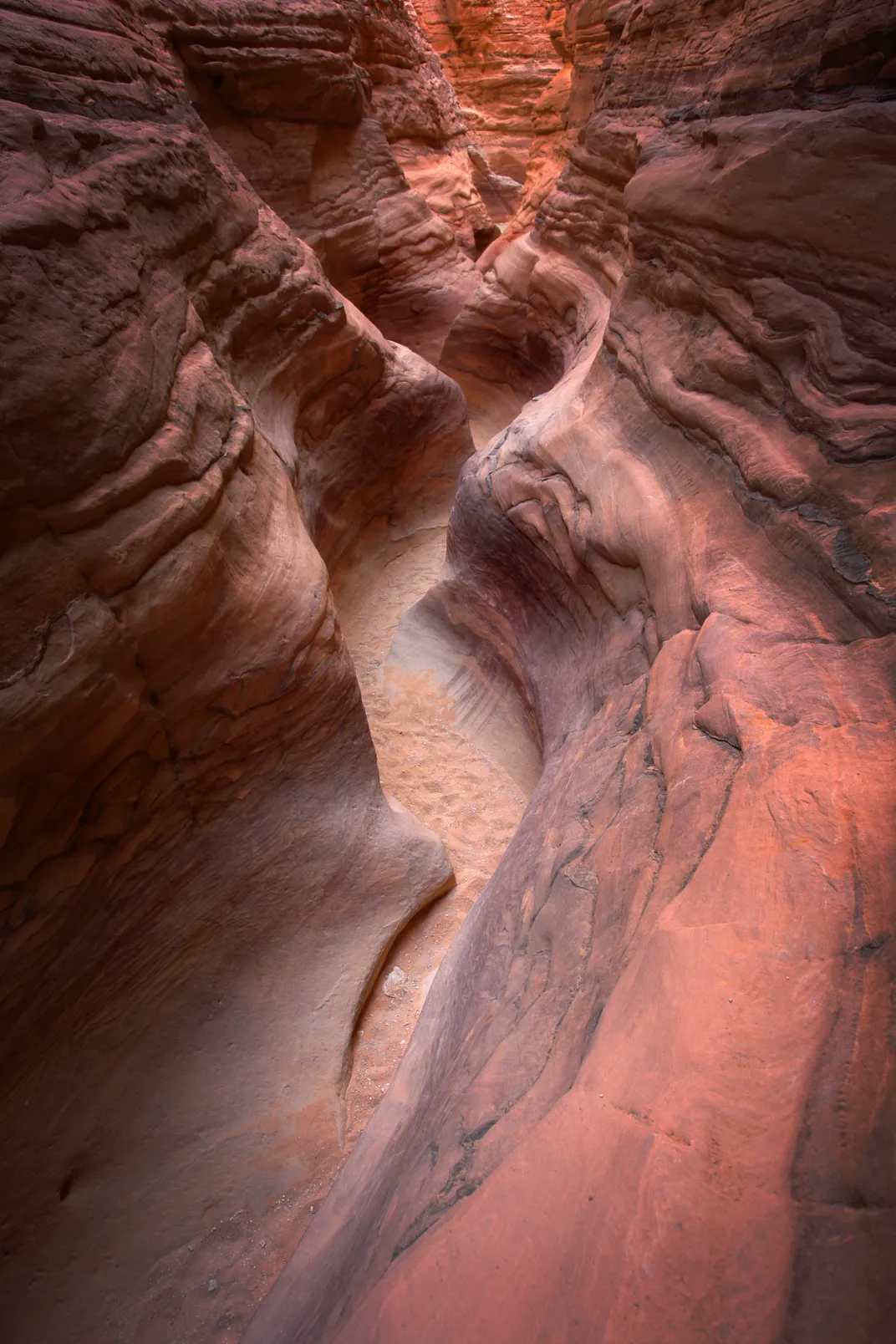
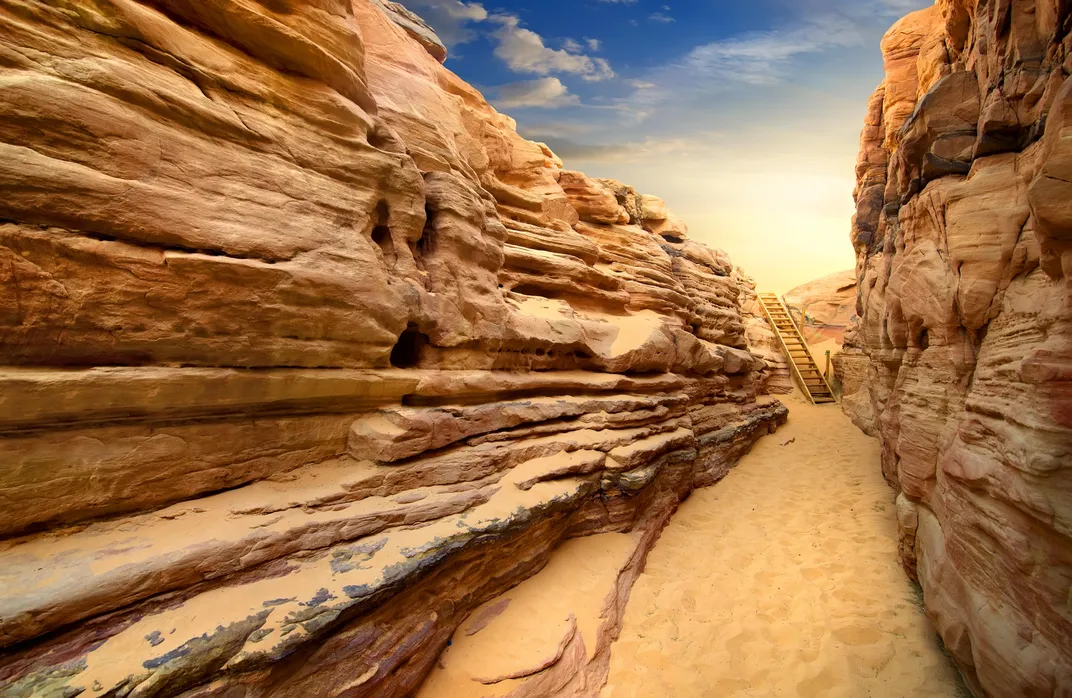
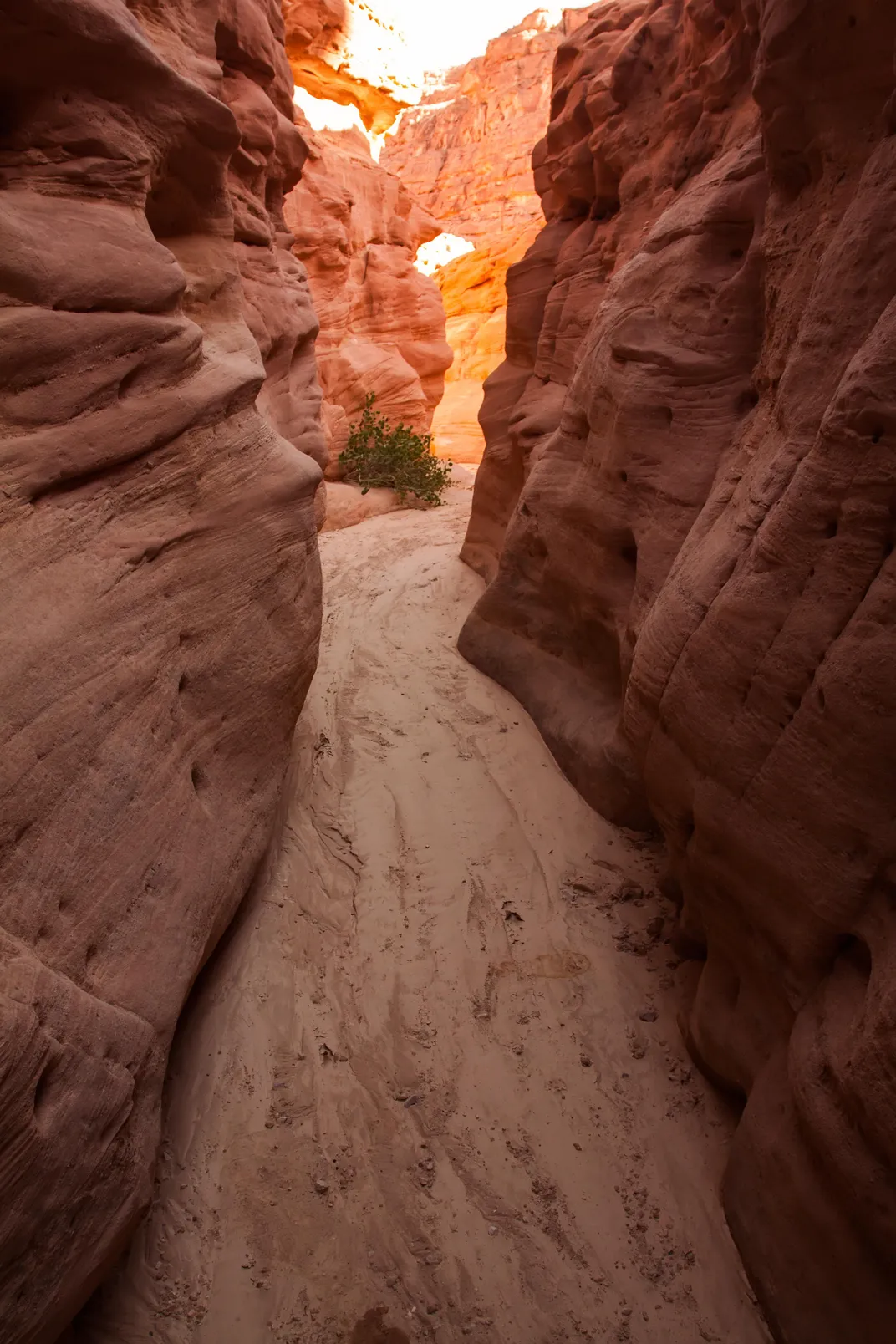
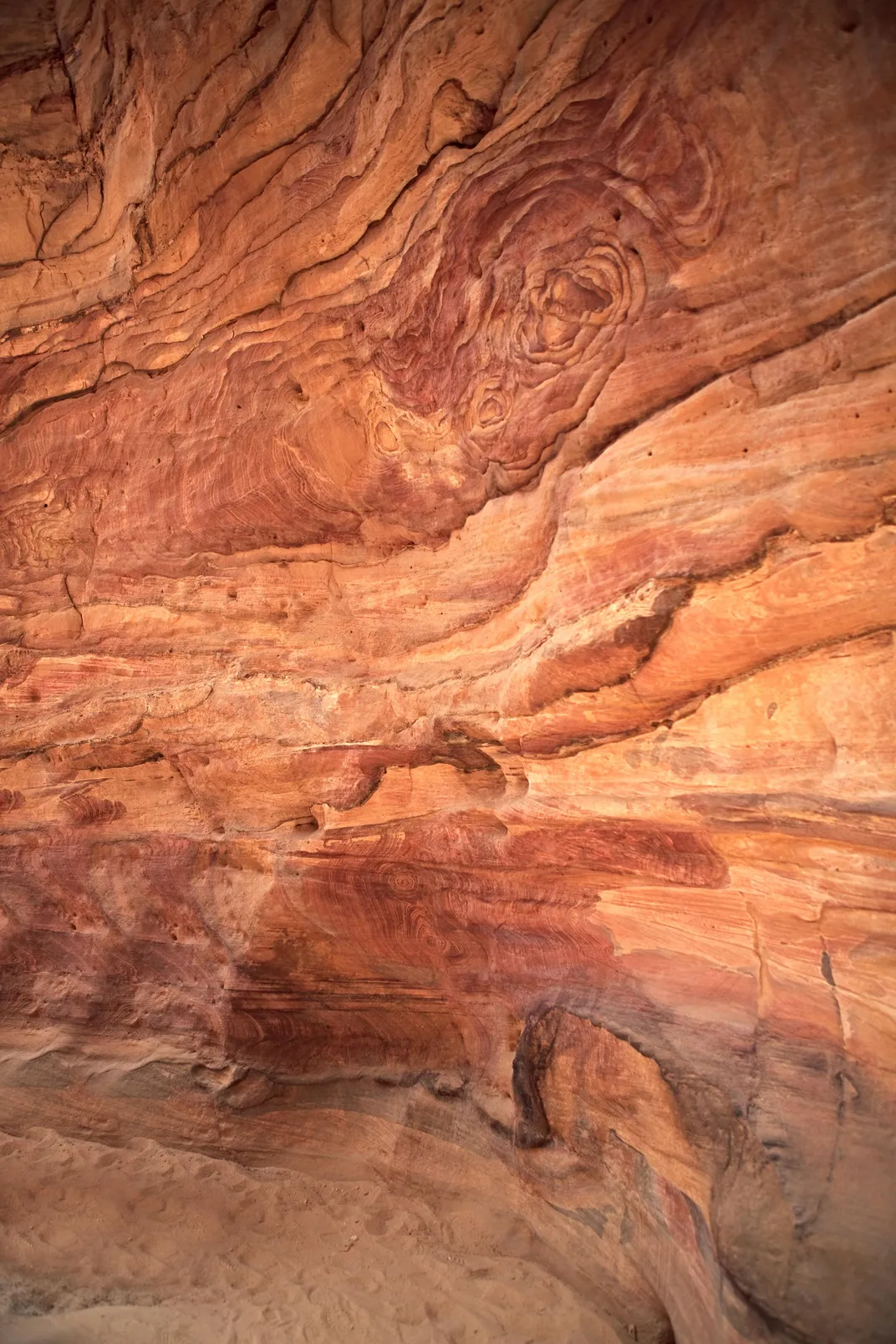
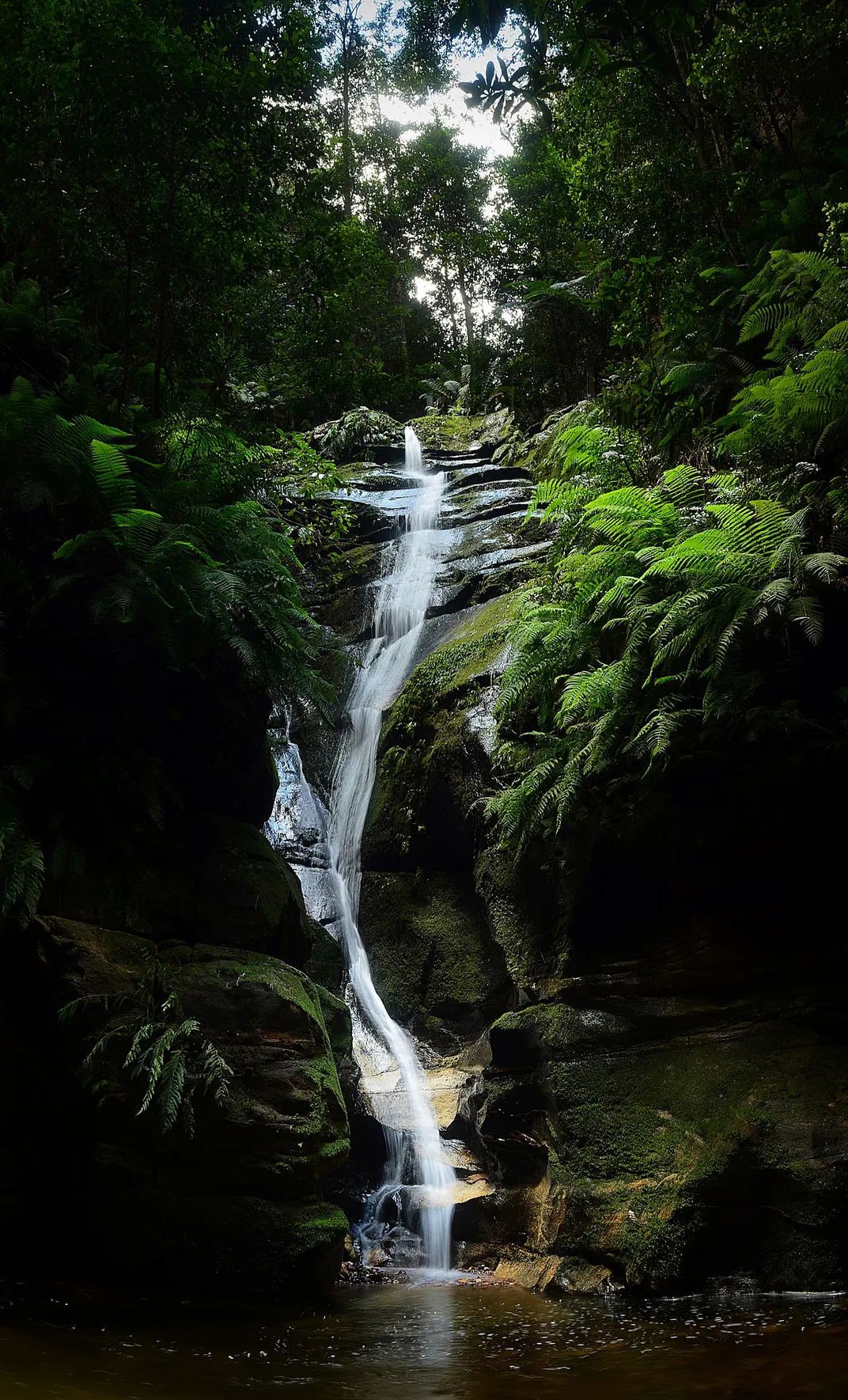
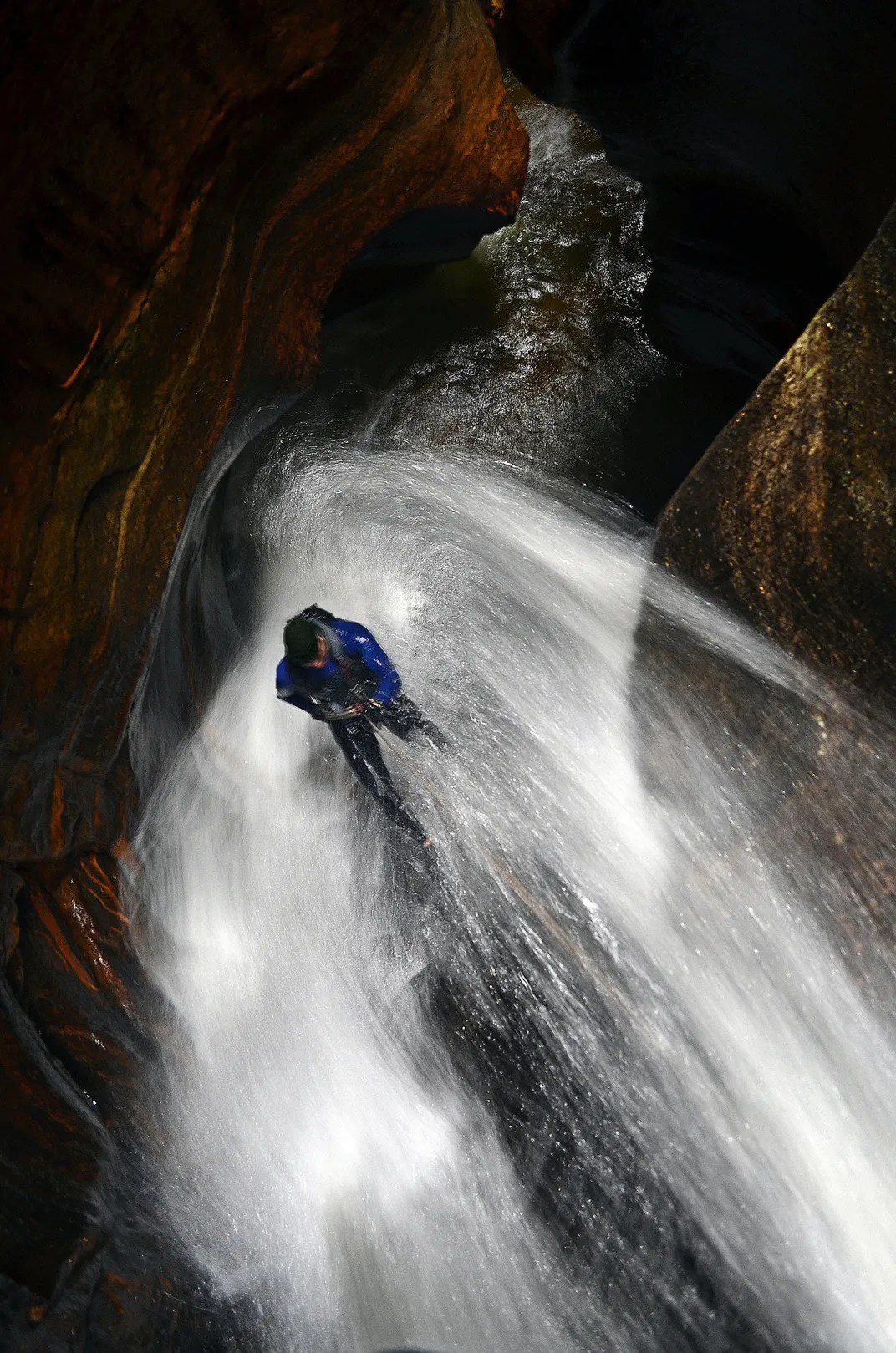
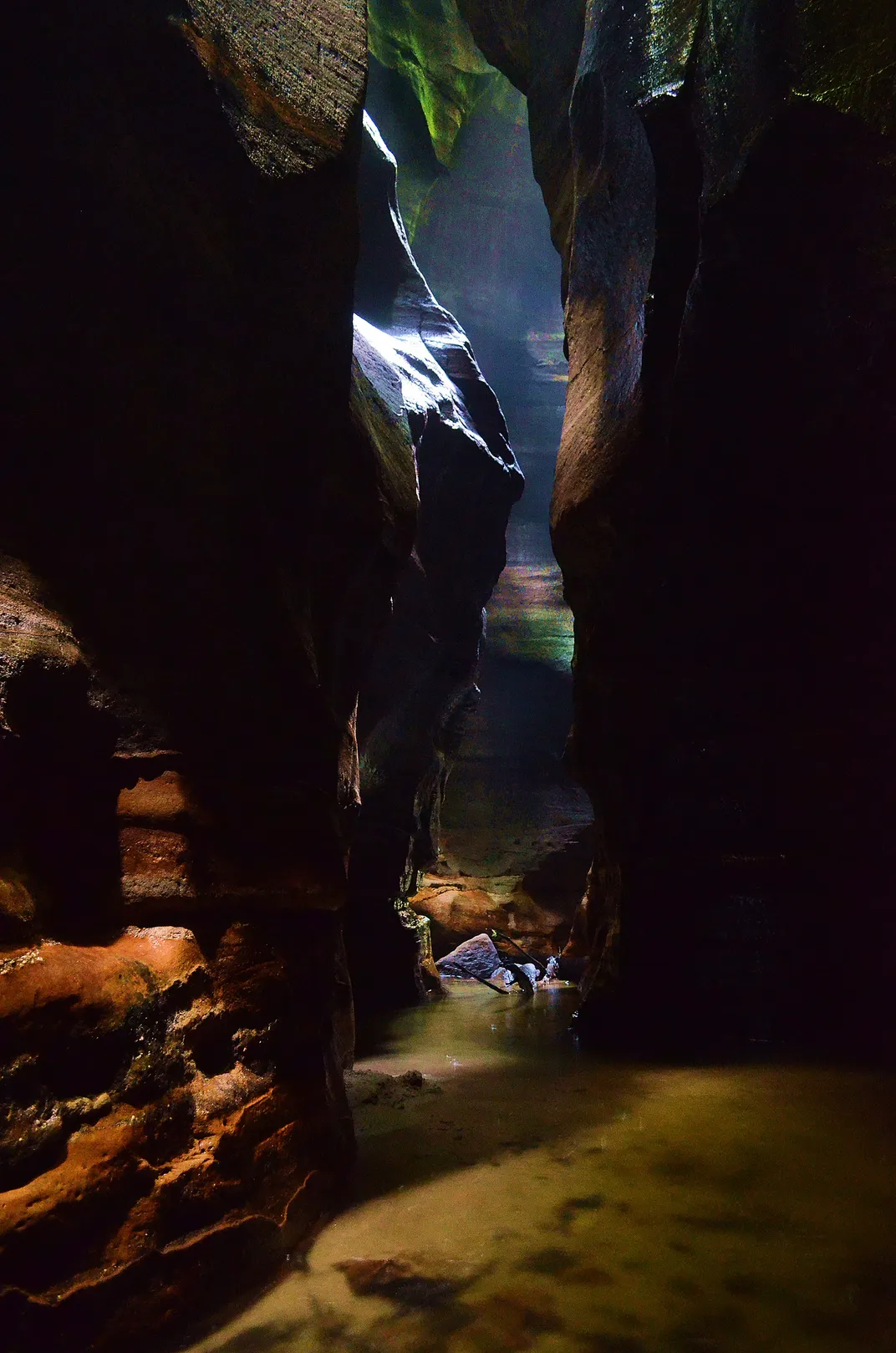
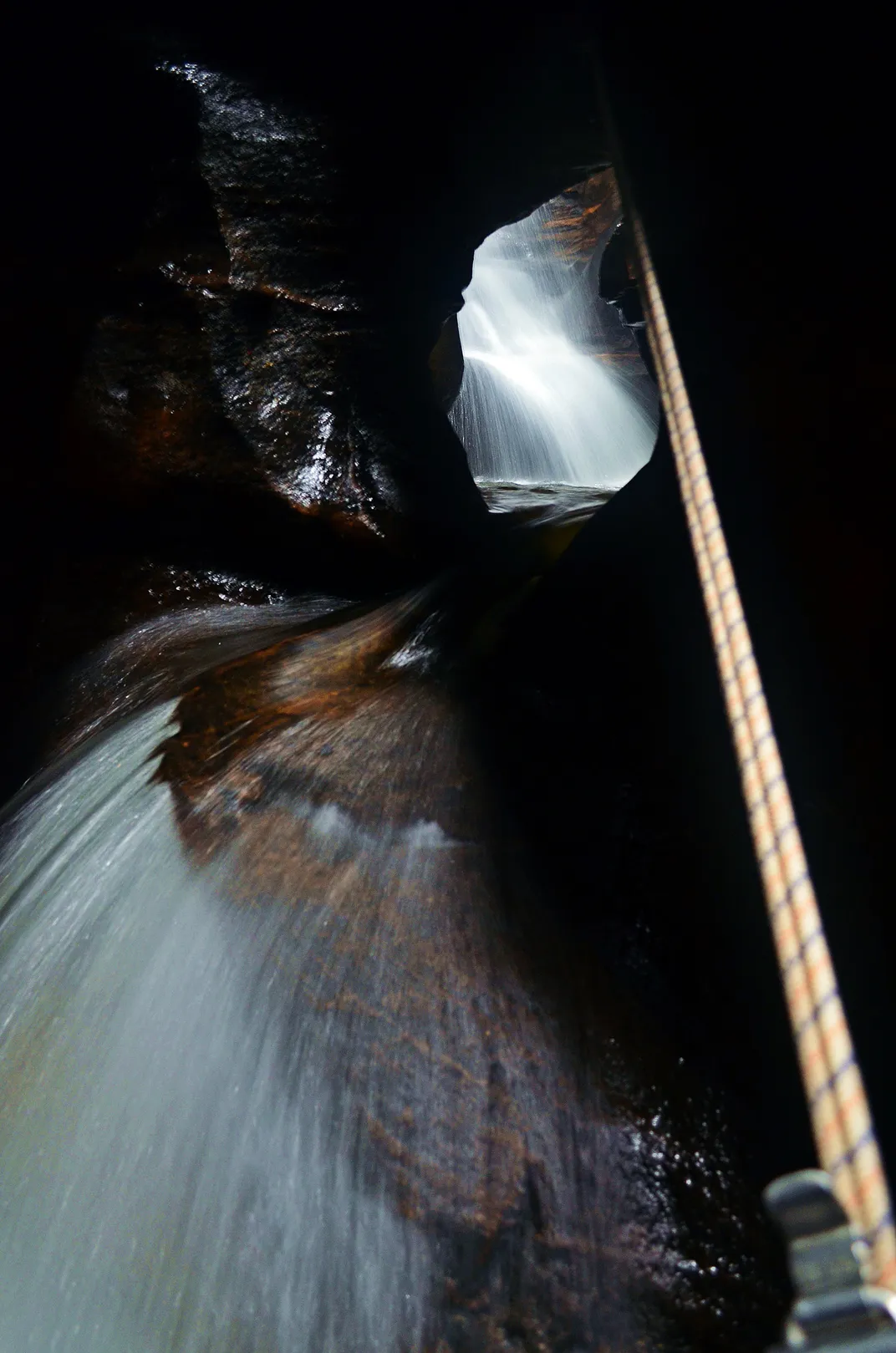
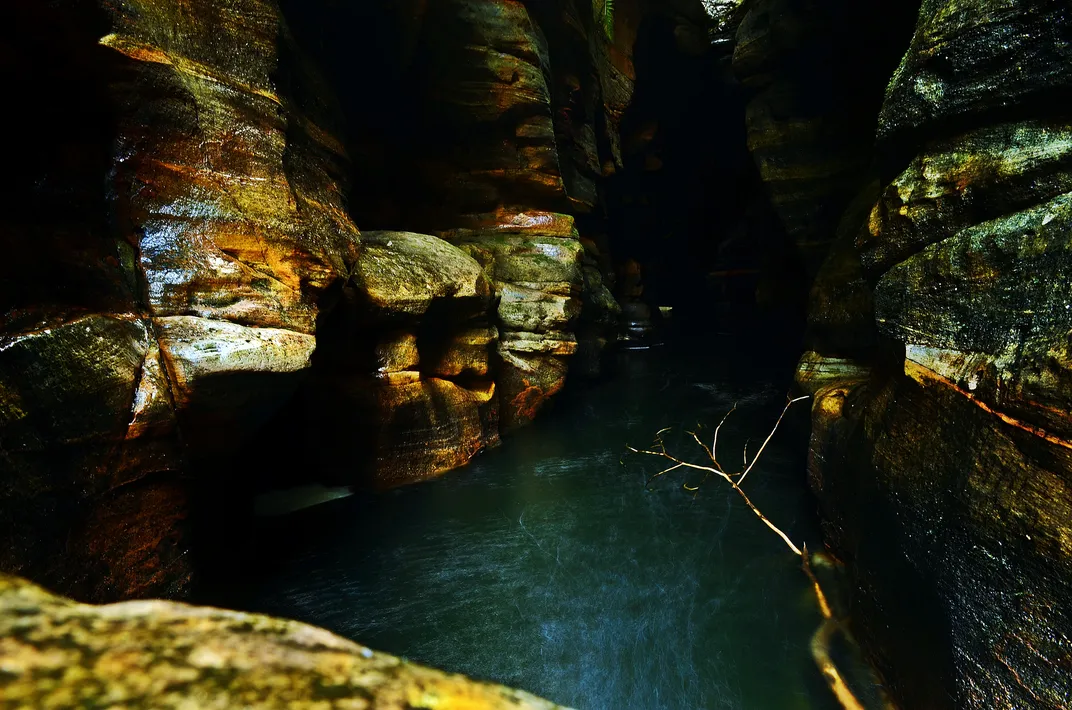
/https://tf-cmsv2-smithsonianmag-media.s3.amazonaws.com/accounts/headshot/JenniferBillock.png)